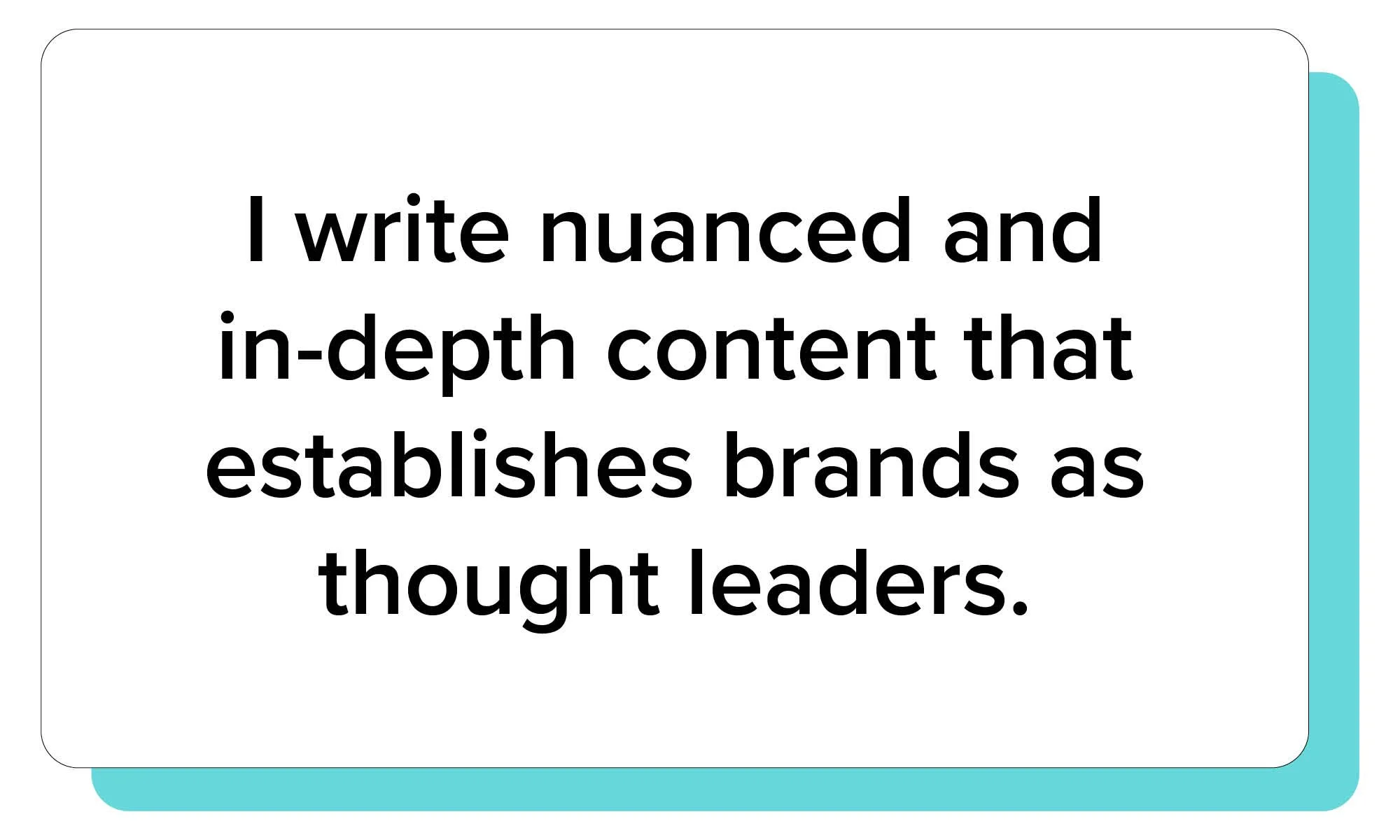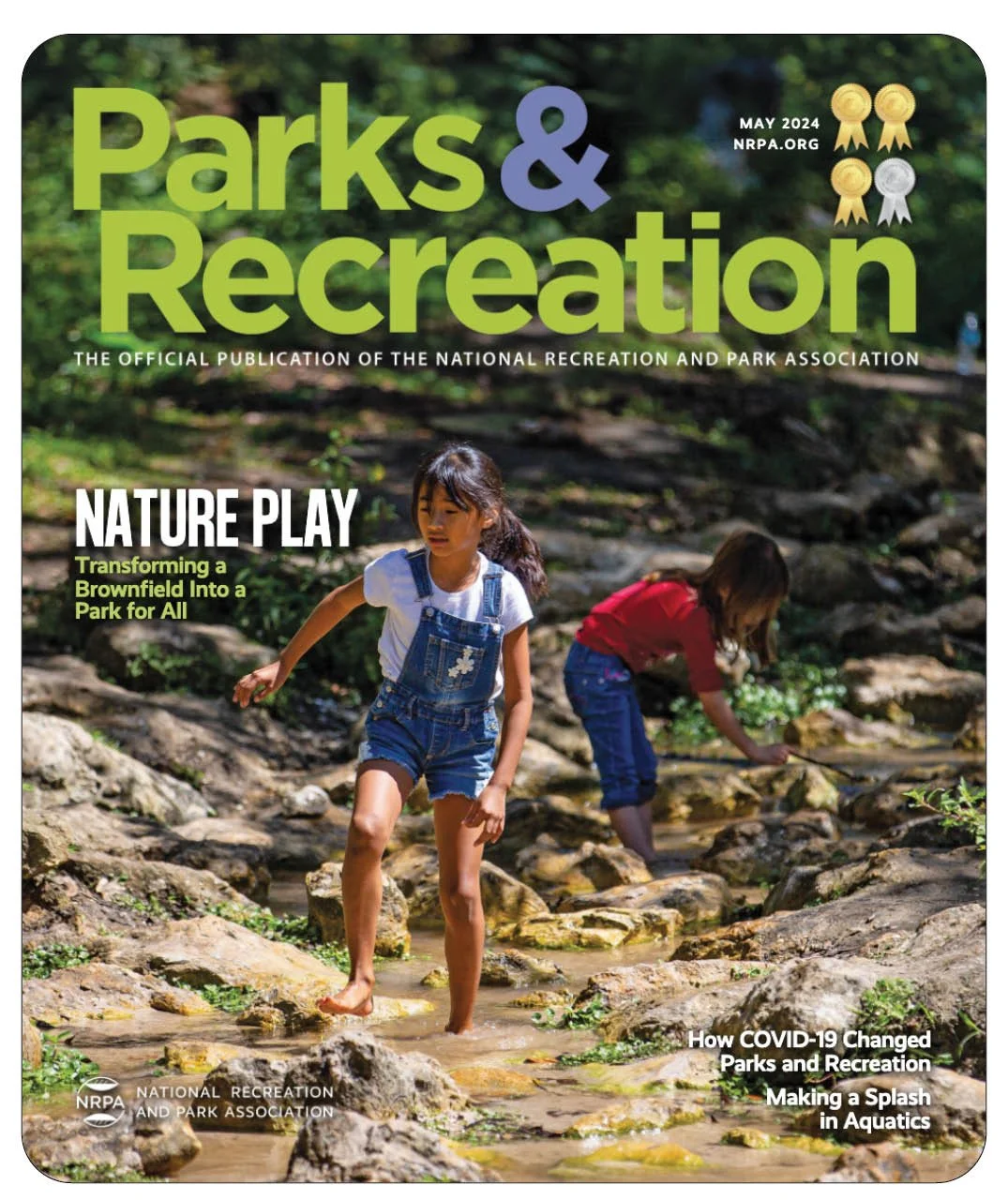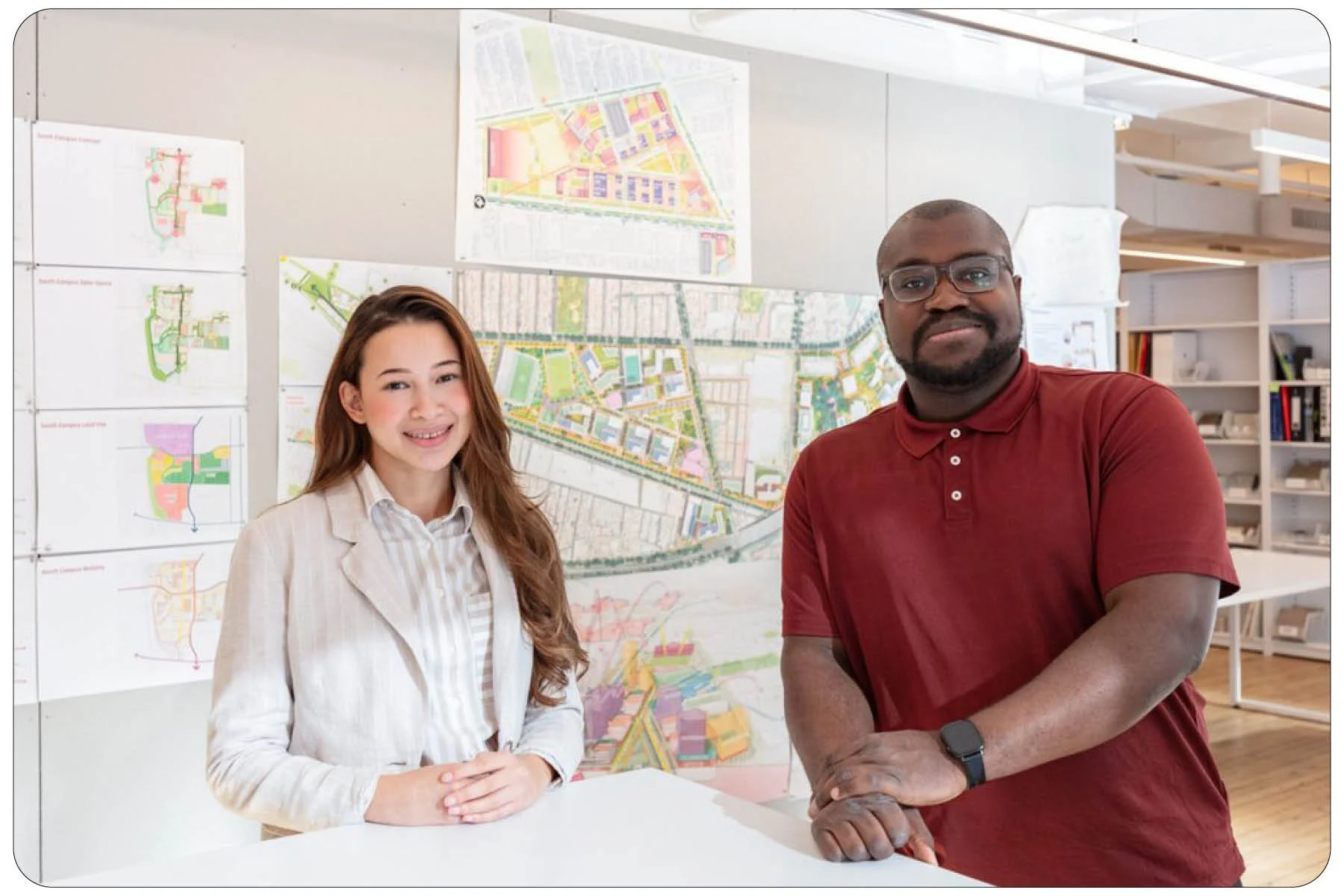Sasaki Wins Esteemed Design Competition
May 11, 2023 — Sasaki is thrilled to have been selected to redesign Lake Monona’s urban waterfront in Madison, WI. After an intensive design process and four month review period, the Lake Monona Waterfront Ad-hoc Committee selected Sasaki to lead this once-in-a-generation design opportunity.
Sasaki was shortlisted alongside two other firms in the competition, and quickly got to work engaging with the Madison community to understand their aspirations for a new waterfront. Sasaki’s winning, final proposal, “Voices of the Lake: Monona’s Waterfront,” will create an accessible, activated waterfront and establish a protected shoreline for wildlife to flourish.
Photo by Jeremy Bitterman. Image courtesy of Sasaki.
What if a city’s eyesore could be its next destination?
American cities are experiencing a rebirth. As deindustrialization opens up new areas for public life, there are an estimated 450,000+ brownfield sites across the country. Because of the resources required to remediate these sites, they are often treated as problems, or ignored altogether.
As cities grow, people need parks now more than ever. Right now, less than half of Americans live within a half mile of a park, but it can be challenging for a city to find the right location to create large-scale outdoor space in a densifying urban core.
One way cities have remedied the issue is by turning to their most undesirable locations—sites that have suffered severe contamination from years of industry and often end up abandoned in disrepair. With the right design approach, what was once a city’s eyesore can turn out to become a community’s most prized resource, recreationally and economically.
Image courtesy of Sasaki
Designing for Disabilities Benefits Everyone
Human-centered design goes beyond ADA compliance and focuses on each person’s unique experiences and sensory responses in buildings, landscapes, and cities.
On October 12, in partnership with the Sasaki Foundation, Sasaki welcomed three renowned speakers and leaders in disability rights and design to discuss human-centered design in the built environment.
During his presentation, Ben Perez, UC Berkeley’s Physical Access Compliance Manager, led the audience through a thought exercise.
“How many of you can do a handstand?” Perez asked. “A couple. Amazing!”
“To those of you who can’t do a handstand, are you disabled?” asked Perez.
He paused.
“Why not? You are disabled in the context of handstands. I mean, it’s extreme, because nobody expects you to be able to do a handstand. And that is what makes something a disability—it is when somebody expects you to be able to carry out an action and you violate their assumptions.”
“Disability is shaped by culture and context as much as it is ever shaped by an individual and by their inability to do something,” he said.
Image by Mathew Arielly. Courtesy of Sasaki.
Sasaki Foundation Interns Forge Careers at Global Design Firm
Architecture can be a tough industry to enter—it requires many years of education, exams, and can feel exclusionary and shrouded in mystery. The Hideo Sasaki Foundation, a nonprofit centered around equity in design, aspires to demystify and diversify the industry through youth programming.
The Sasaki Foundation’s youth programs, Summer Exploratory Experience in Design (SEED) and Designing Environmental and Social Impact (DESI), are paid internships where high school students learn about careers in design through hands-on projects and mentorship from design professionals at Sasaki and other local firms.
Two of the foundation’s interns, Shemar Stewart and Emely Fernandez, are now forging careers at Sasaki as designers working in architecture.





